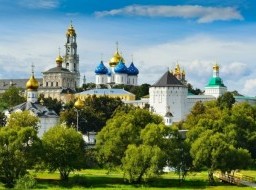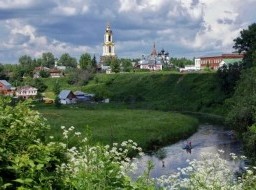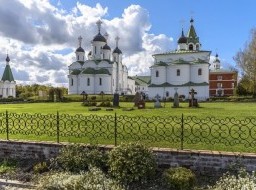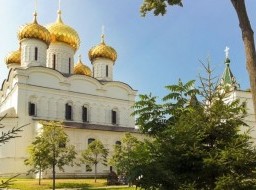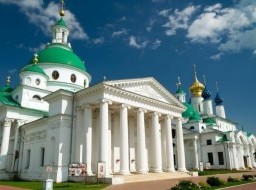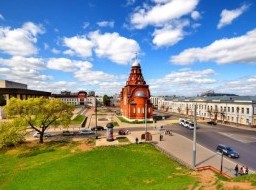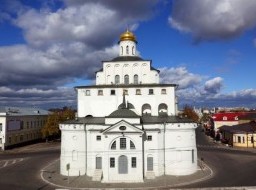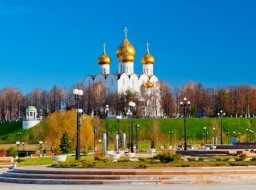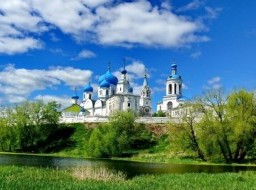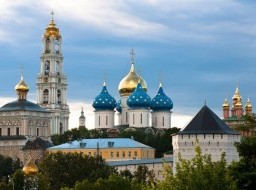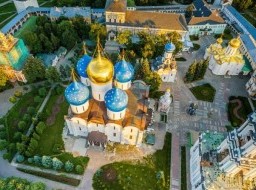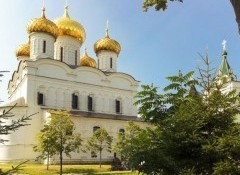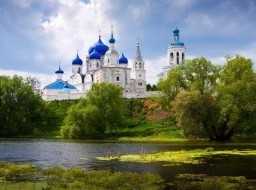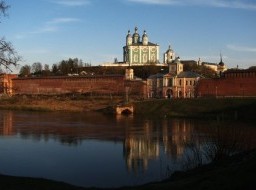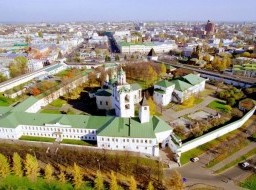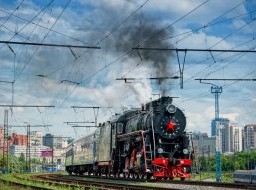Pskov
Pskov is one of the most interesting Russian cities. Its history and beauty are magnificent, its life is full of quiet dignity. Pskov is a city-state, a medieval republic of Veche (Popular Assembly), and an impregnable stronghold that anciently safeguarded the North-Western borders of Russia. Pskov is one of the oldest Russian cities situated at both banks of River Velikaya, at the confluence of River Pskova. Pskov is first mentioned in Russian chronicles in 903, on the occasion of the wedding of Kiev prince Igor (the son of Ryurik, the first prince of Old Rus), and the future princess Olga (later canonized and known as Saint Olga), who was a native of Pskov. However, the settlement at this place existed long before that, at least from 9th century. First, Pskov was directly ruled by Kiev princes (as well as all the other Old Rus). After Novgorod became independent, in 12th-14th centuries Pskov was subordinate to Novgorod. It is interesting that Pskov citizens had special rights: They were allowed to participate in Novgorod veche — popular assembly which had the supreme authority in Novgorod — as if they were Novgorod citizens. At the same time, they elected their own princes, not necessarily the same ones as in Novgorod. As well as Novgorod, Pskov lied too far North and was spared from the Monghol invasion. Its subsequent history is determined by the convenient location at the trading ways between Russia and the Baltic region, and also by the fact that the city was always a Western Russian outpost. For many centuries, till 1700s, Pskov was involved in wars with German knight orders, Lithuania (later Poland), Sweden, and also periodically had hostile relations with neighboring Novgorod. Even though close surroundings of the city (including Mirozh monastery) were plundered many times, Pskov was never conquered. After the Northern War and annexation of Baltic states by Russia (1721) the state border was moved far away West from Pskov, and the latter gradually turned into an ordinary provincial town. In 1917 at Pskov train station Tsar Nicholas the Second signed his abdication; in 1918, Pskov for nine months was occupied by German troops. The city was also occupied, and also by Germans, during the Second World War, from July 1941 till July 1944, and considerably damaged during the occupation. Pskov initially rose as a trade and craft town, which also had an important strategic (defence) importance. Until 1650 (which is 150 years after it was appended to Muscovy) Pskov issued its own coins. The city developed its unique school of icon painting, which is easily distinguishable even from the closest one in Novgorod. For a long time Pskov was an important railway hub (with trains departing in the directions of Moscow, Saint-Petersburg, Tallinn, and Minsk), but after the breakup of the Soviet Union lost this function. A relatively big number of preserved merchant houses — stone palaty (singular — palata) of 17th century — remind us of a long gone wealth of Pskov. Monuments of civil architecture of that time are very rare for Russia (most of the buildings at the time were wooden and did not survive), and in Pskov in particular we have a large collection of buildings erected at approximately the same time and in the same very recognizable style. No other Russian town or city has this. |

